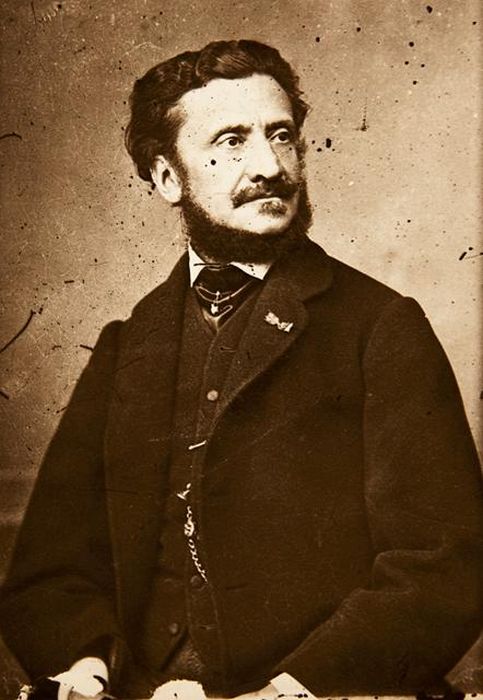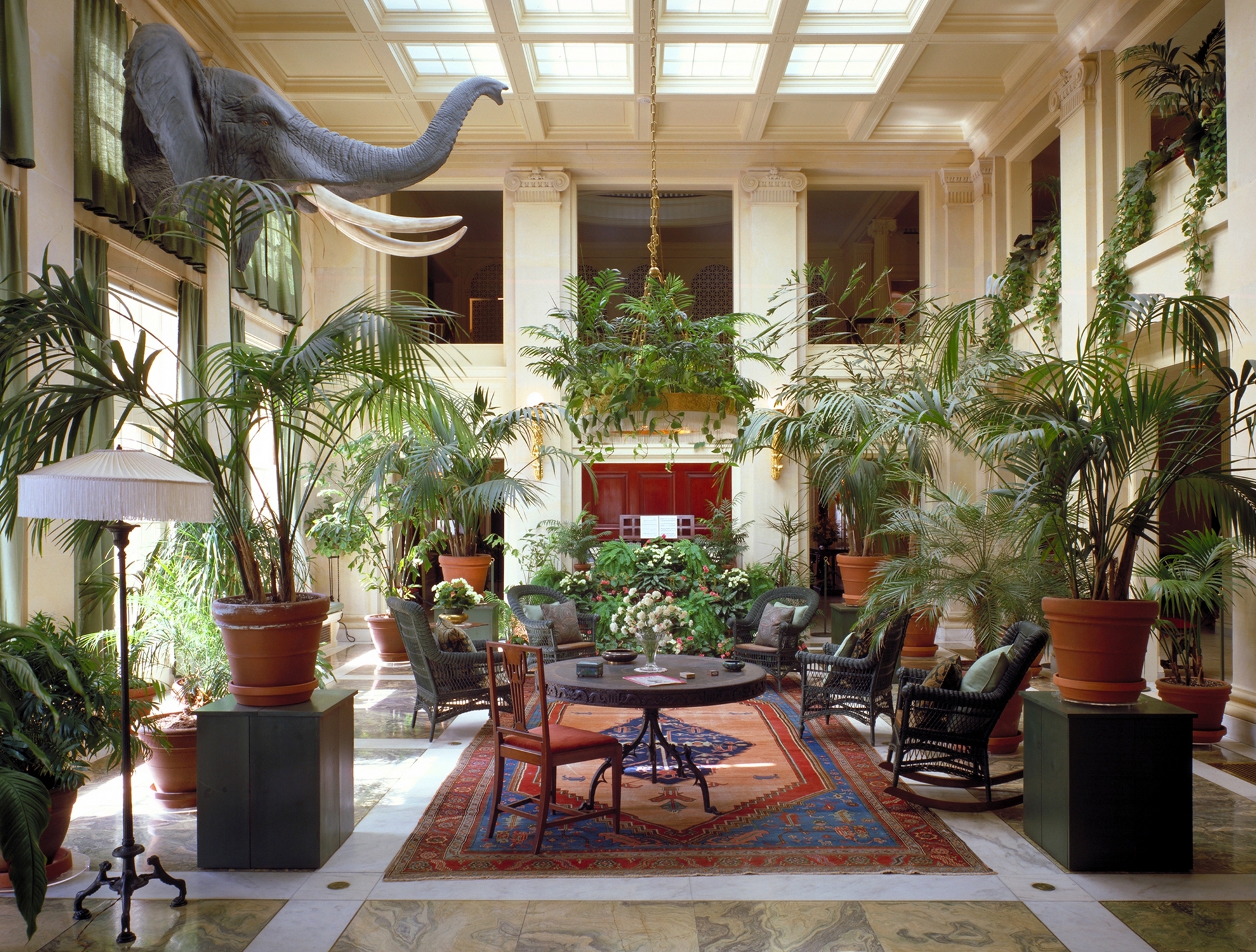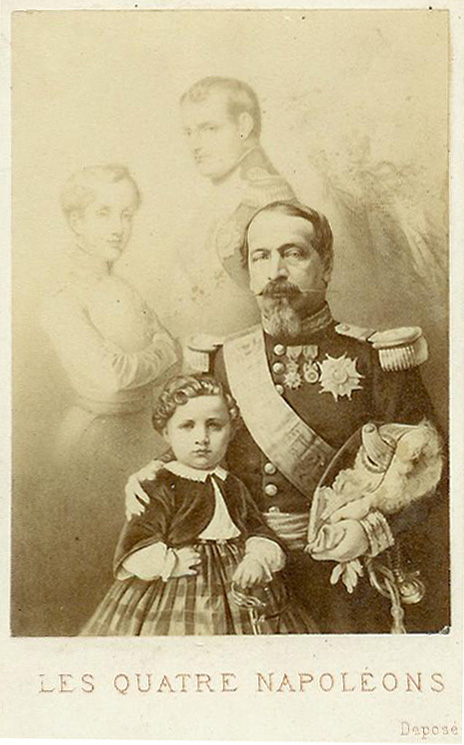|
Carol Popp De Szathmary
Carol Szathmari (Romanian: ''Carol Popp de Szathmáry ''; 11 January 1812 Kolozsvár – 3 July 1887 Bucharest) was a Hungarian painter, lithographer, and photographer, who had worked most of the time in Wallachia, nowadays Romania and therefore he is considered to be the founder of the Romanian photography. He is also considered the world's first combat photographer for his pictures of the battlefield taken during the first year of the Russo-Turkish war, later known as the Crimean War. Life Szathmari was born in the city of Kolozsvár, Transylvania (now Cluj-Napoca, Romania), in 1812. Initially, he studied law at the Reformed College in Cluj.http://www.eshph.org/wp-content/uploads/2015/12/2008_Jubilee_lowres.pdf By the age of eighteen he had moved to Bucharest. He studied painting from 1832 to 1834 in Rome, and on returning to Bucharest he was frequently commissioned to create paintings for the Wallachian boyars. He would later go on to achieve notoriety as the official ar ... [...More Info...] [...Related Items...] OR: [Wikipedia] [Google] [Baidu] |
Szathmary - 44
Szathmary (or Szathmáry) is a Hungarian surname: * Elemér Szathmáry (1926–1971), Hungarian swimmer * Emőke Szathmáry (born 1944), Hungarian anthropologist, president of The University of Manitoba * Eörs Szathmáry (born 1959), Hungarian evolutionary biologist * Irving Szathmary (1907–1983), American arranger and composer best known for television themes, brother of William (Bill Dana) * Louis Szathmary (1919–1996), Hungarian-American chef, restaurateur and writer * William Szathmary (1924–2017), birth name of American comedian Bill Dana (comedian), Bill Dana, brother of Irving * Zsigmond Szathmáry (born 1939), Hungarian organist, pianist, composer, and conductor See also * Szatmary {{DEFAULTSORT:Szathmary Hungarian-language surnames ... [...More Info...] [...Related Items...] OR: [Wikipedia] [Google] [Baidu] |
Exposition Universelle (1855)
The Exposition Universelle of 1855 was an International Exhibition held on the Champs-Élysées in Paris from 15 May to 15 November 1855. Its full official title was the Exposition Universelle des produits de l'Agriculture, de l'Industrie et des Beaux-Arts de Paris 1855. Today the exposition's sole physical remnant is the Théâtre du Rond-Point des Champs-Élysées designed by architect Gabriel Davioud, which originally housed the Panorama National. History The exposition was a major event in France, then newly under the reign of Emperor Napoleon III. It followed London's Great Exhibition of 1851 and attempted to surpass that fair's Crystal Palace with its own Palais de l'Industrie. The arts displayed were shown in a separate pavilion on Avenue Montaigne. There were works from artists from 29 countries, including French artists François Rude, Ingres, Delacroix and Henri Lehmann, and British artists William Holman Hunt and John Everett Millais. However, Gustave Courbet, having h ... [...More Info...] [...Related Items...] OR: [Wikipedia] [Google] [Baidu] |
Rochester, New York
Rochester () is a City (New York), city in the U.S. state of New York (state), New York, the county seat, seat of Monroe County, New York, Monroe County, and the fourth-most populous in the state after New York City, Buffalo, New York, Buffalo, and Yonkers, New York, Yonkers, with a population of 211,328 at the 2020 United States census. Located in Western New York, the city of Rochester forms the core of a larger Rochester metropolitan area, New York, metropolitan area with a population of 1 million people, across six counties. The city was one of the United States' first boomtowns, initially due to the fertile Genesee River Valley, which gave rise to numerous flour mills, and then as a manufacturing center, which spurred further rapid population growth. Rochester rose to prominence as the birthplace and home of some of America's most iconic companies, in particular Eastman Kodak, Xerox, and Bausch & Lomb (along with Wegmans, Gannett, Paychex, Western Union, French's, Cons ... [...More Info...] [...Related Items...] OR: [Wikipedia] [Google] [Baidu] |
George Eastman House
The George Eastman Museum, also referred to as ''George Eastman House, International Museum of Photography and Film'', the world's oldest museum dedicated to photography and one of the world's oldest film archives, opened to the public in 1949 in Rochester, New York. World-renowned for its collections in the fields of photography and cinema, the museum is also a leader in film preservation and photograph conservation, educating archivists and conservators from around the world. Home to the 500-seat Dryden Theatre, the museum is located on the estate of entrepreneur and philanthropist George Eastman, the founder of Eastman Kodak Company. The estate was designated a National Historic Landmark in 1966. History The Rochester estate of George Eastman (1854–1932) was bequeathed upon his death to the University of Rochester. University presidents (first Benjamin Rush Rhees, then Alan Valentine) occupied Eastman's mansion as a residence for ten years. In 1948, the university tran ... [...More Info...] [...Related Items...] OR: [Wikipedia] [Google] [Baidu] |
Cotroceni National Museum
Cotroceni is a neighbourhood in western Bucharest, Romania located around the Cotroceni hill, in Bucharest's Sector 5. The nearest Metro stations are Eroilor, Academia Militară, and Politehnica. History The Hill of Cotroceni was once covered by the forest of Vlăsia, which covered most of today's Bucharest. Here, in 1679 a monastery was built by Șerban Cantacuzino, later to be transformed into a palace in 1888 by King Carol I. Houses were built in the area near the palace by the royal servants and by high-ranking military personnel. Carol I also build a royal train station named near the palace. The train station was relocated by the communist regime and was later used for transporting materials for the construction of Casa Poporului. Notable people Important Romanian figures who lived in this neighb ...[...More Info...] [...Related Items...] OR: [Wikipedia] [Google] [Baidu] |
Carol I Of Romania
Carol I or Charles I of Romania (20 April 1839 – ), born Prince Karl of Hohenzollern-Sigmaringen, was the monarch of Romania from 1866 to his death in 1914, ruling as Prince (''Domnitor'') from 1866 to 1881, and as King from 1881 to 1914. He was elected Prince of the Romanian United Principalities on 20 April 1866 after the overthrow of Alexandru Ioan Cuza by a palace coup d'état. In May 1877, Romania was proclaimed an independent and sovereign nation. The defeat of the Ottoman Empire (1878) in the Russo-Turkish War secured Romanian independence, and he was proclaimed King on . He was the first ruler of the Hohenzollern-Sigmaringen dynasty, which ruled the country until the proclamation of a socialist republic in 1947. During his reign, Carol I personally led Romanian troops during the Russo-Turkish War and assumed command of the Russo/Romanian army during the siege of Plevna. The country achieved internationally recognized independence via the Treaty of Berlin, 1878 and acqu ... [...More Info...] [...Related Items...] OR: [Wikipedia] [Google] [Baidu] |
King Of Romania
The King of Romania (Romanian: ''Regele României'') or King of the Romanians (Romanian: ''Regele Românilor''), was the title of the monarch of the Kingdom of Romania from 1881 until 1947, when the Romanian Workers' Party proclaimed the Romanian People's Republic following Michael I's forced abdication. History The state had been internationally recognized as a principality since 1862, after the creation of the United Principalities, a personal union between Moldavia and Wallachia, at that time vassal states of the Ottoman Empire. Alexander I became ''domnitor'' (ruling prince) after the official unification of the two formerly separate states, being elected prince of both states in 1859. He was deposed in 1866 by a broad coalition of the main political parties, after which parliament offered the throne to Prince Karl of Hohenzollern-Sigmaringen who subsequently became the new "Domnitor of Romania" (as Carol I). Romania's independence from the Ottoman Empire was recognized in ... [...More Info...] [...Related Items...] OR: [Wikipedia] [Google] [Baidu] |
Alexandru Ioan Cuza
Alexandru Ioan Cuza (, or Alexandru Ioan I, also anglicised as Alexander John Cuza; 20 March 1820 – 15 May 1873) was the first ''domnitor'' (Ruler) of the Romanian Principalities through his double election as prince of Moldavia on 5 January 1859 and prince of Wallachia on 24 January 1859, which resulted in the unification of both states. He was a prominent figure of the Revolution of 1848 in Moldavia. Following his double election, he initiated a series of reforms that contributed to the modernization of Romanian society and of state structures. As ruler of the Romanian Principalities, he supported a political and diplomatic activity for the recognition of the union of Moldavia and Wallachia by the suzerain Ottoman Empire and achieved constitutional and administrative unity between Moldavia and Wallachia in 1862, when the Romanian Principalities officially adopted the name ''Romanian United Principalities'' with a single capital at Bucharest, a single national assembly and ... [...More Info...] [...Related Items...] OR: [Wikipedia] [Google] [Baidu] |
Austrian Empire
The Austrian Empire (german: link=no, Kaiserthum Oesterreich, modern spelling , ) was a Central-Eastern European multinational great power from 1804 to 1867, created by proclamation out of the realms of the Habsburgs. During its existence, it was the third most populous monarchy in Europe after the Russian Empire and the United Kingdom. Along with Prussia, it was one of the two major powers of the German Confederation. Geographically, it was the third-largest empire in Europe after the Russian Empire and the First French Empire (). The empire was proclaimed by Francis II, Holy Roman Emperor, Francis II in 1804 in response to Napoleon's declaration of the First French Empire, unifying all Habsburg monarchy, Habsburg possessions under one central government. It remained part of the Holy Roman Empire until the latter's dissolution in 1806. It continued fighting against Napoleon throughout the Napoleonic Wars, except for a period between 1809 and 1813, when Austria was first all ... [...More Info...] [...Related Items...] OR: [Wikipedia] [Google] [Baidu] |
Franz Josef I
Franz Joseph I or Francis Joseph I (german: Franz Joseph Karl, hu, Ferenc József Károly, 18 August 1830 – 21 November 1916) was Emperor of Austria, King of Hungary, and the Grand title of the Emperor of Austria, other states of the Habsburg monarchy from 2 December 1848 until his death on 21 November 1916. In the early part of his reign, his realms and territories were referred to as the Austrian Empire, but were reconstituted as the dual monarchy of the Austro-Hungarian Empire in 1867. From 1 May 1850 to 24 August 1866, Franz Joseph was also President of the German Confederation. In December 1848, Franz Joseph's uncle Ferdinand I of Austria, Emperor Ferdinand abdicated the throne at Olomouc, as part of Minister President Felix zu Schwarzenberg's plan to end the Revolutions of 1848 in Hungary. Franz Joseph then acceded to the throne. Largely considered to be a reactionary, he spent his early reign resisting constitutionalism in his domains. The Austrian Empire was forced to c ... [...More Info...] [...Related Items...] OR: [Wikipedia] [Google] [Baidu] |
Napoleon III
Napoleon III (Charles Louis Napoléon Bonaparte; 20 April 18089 January 1873) was the first President of France (as Louis-Napoléon Bonaparte) from 1848 to 1852 and the last monarch of France as Emperor of the French from 1852 to 1870. A nephew of Napoleon I, he was the last monarch to rule over France. Elected to the presidency of the Second Republic in 1848, he seized power by force in 1851, when he could not constitutionally be reelected; he later proclaimed himself Emperor of the French. He founded the Second Empire, reigning until the defeat of the French Army and his capture by Prussia and its allies at the Battle of Sedan in 1870. Napoleon III was a popular monarch who oversaw the modernization of the French economy and filled Paris with new boulevards and parks. He expanded the French overseas empire, made the French merchant navy the second largest in the world, and engaged in the Second Italian War of Independence as well as the disastrous Franco-Prussian War, dur ... [...More Info...] [...Related Items...] OR: [Wikipedia] [Google] [Baidu] |
Emperor Of The French
Emperor of the French ( French: ''Empereur des Français'') was the title of the monarch and supreme ruler of the First and the Second French Empires. Details A title and office used by the House of Bonaparte starting when Napoleon was proclaimed Emperor on 18 May 1804 by the Senate and was crowned Emperor of the French on 2 December 1804 at the cathedral of Notre-Dame de Paris, in Paris, with the Crown of Napoleon. The title emphasized that the emperor ruled over "the French people" (the nation) and not over France (the state). The old formula of "King of France" indicated that the king owned France as a personal possession. The new term indicated a constitutional monarchy. The title was purposely created to preserve the appearance of the French Republic and to show that after the French Revolution, the feudal system was abandoned and a nation-state was created, with equal citizens as the subjects of their emperor. (After 1 January 1809, the state was officially referred to ... [...More Info...] [...Related Items...] OR: [Wikipedia] [Google] [Baidu] |





